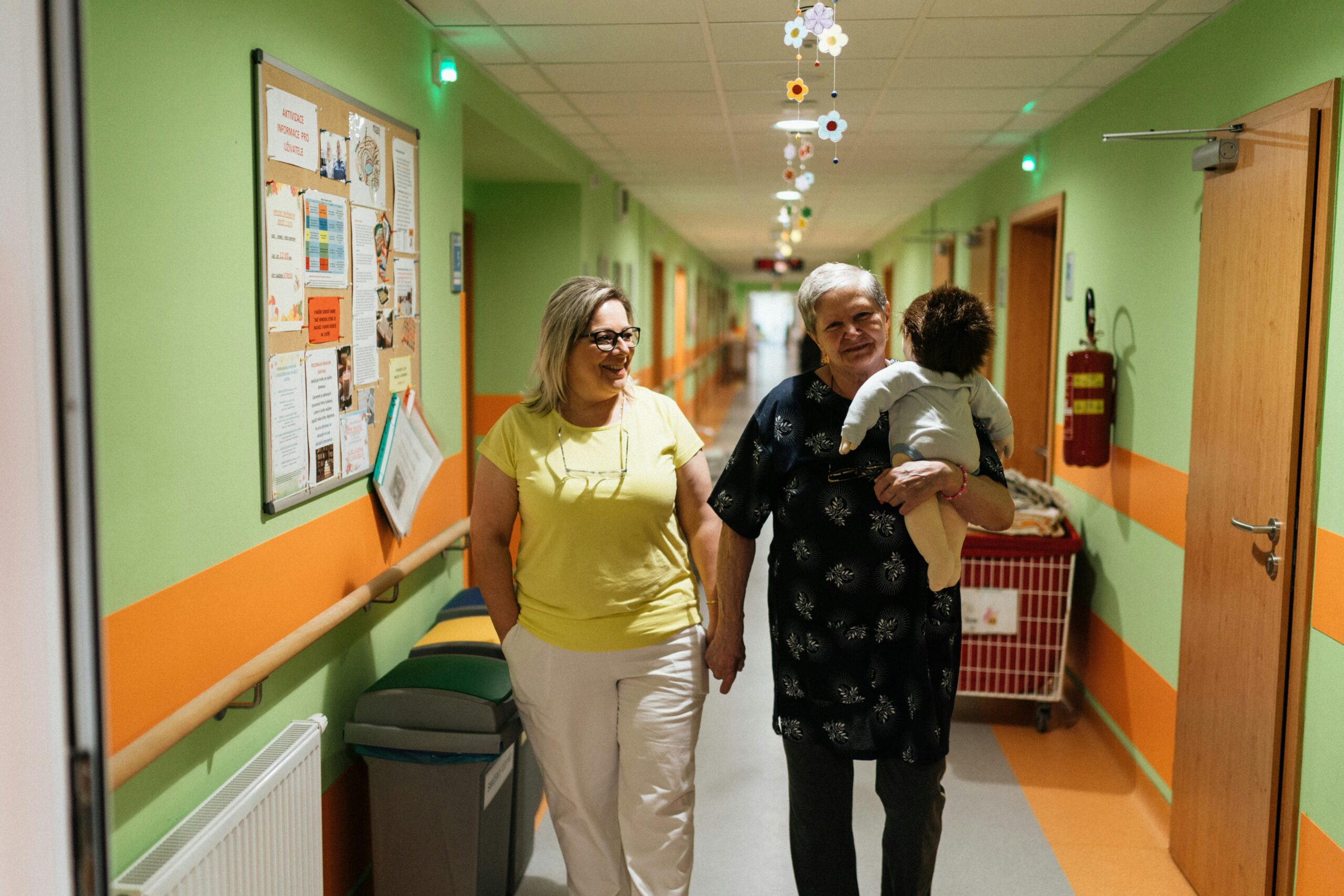Let’s be honest: America’s social safety net is being quietly shredded—and if you think it’s only a problem for “other people,” think again. Medicaid isn’t just for the ultra-poor; it’s the backbone of elder care in this country. From nursing homes to home health aides to prescription coverage, it’s what keeps millions of seniors from falling through the cracks. But with deep federal cuts on the table, that already-precarious balance is tipping hard.
The result? A generation that worked their whole lives is now being left behind in their most vulnerable years. This isn’t just bad policy—it’s a moral faceplant. So here are 13 brutal realities setting in as Medicaid gets slashed, and why it matters to anyone with a grandma, a future, or a heart.
1. Nursing Homes Are Closing Their Doors—Fast
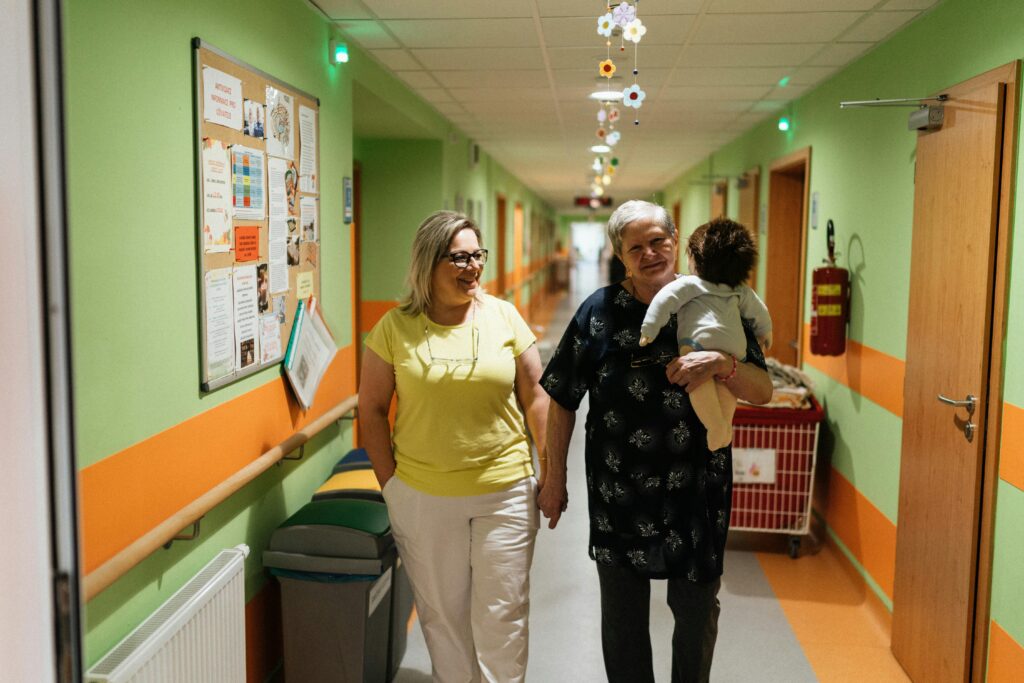
Imagine being 85, needing round-the-clock care, and suddenly your nursing home shuts down. That’s not a dystopian novel; it’s reality for thousands of seniors. According to a report by MarketWatch, over 770 nursing homes have closed since 2020, displacing nearly 30,000 residents. With proposed $880 billion cuts to Medicaid, which funds care for 63% of nursing home residents, experts warn that more closures are imminent. This isn’t just about buildings shutting down; it’s about vulnerable individuals losing their homes and communities.
The ripple effects are massive. Families scramble to find new facilities, often far from home, disrupting the support systems seniors rely on. Staff layoffs mean experienced caregivers are lost, and remaining facilities become overcrowded, leading to diminished care quality. It’s a domino effect that starts with budget cuts and ends with our elders bearing the brunt.
2. Home Health Care Is Becoming a Luxury
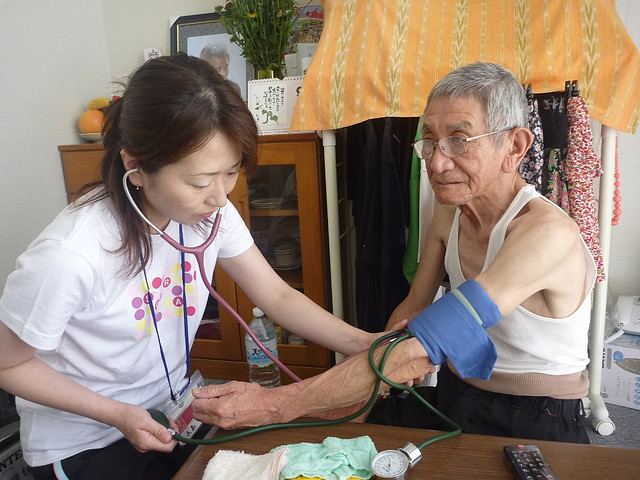
For many seniors, staying at home with the help of health aides is the dream. But Medicaid cuts are turning that dream into a luxury few can afford. NPR reports that proposed reductions would hit home-based services first, making life harder for family caregivers and the elderly who depend on them. These services are crucial for those who wish to age in place, maintaining independence and comfort.
Without adequate funding, home health agencies can’t afford to pay their workers, leading to staff shortages and reduced services. Seniors may be forced into institutional care, which is not only more expensive but also less desirable for many. It’s a lose-lose situation where both the quality of life for seniors and the financial stability of the healthcare system are compromised.
3. Rural Hospitals Are on Life Support
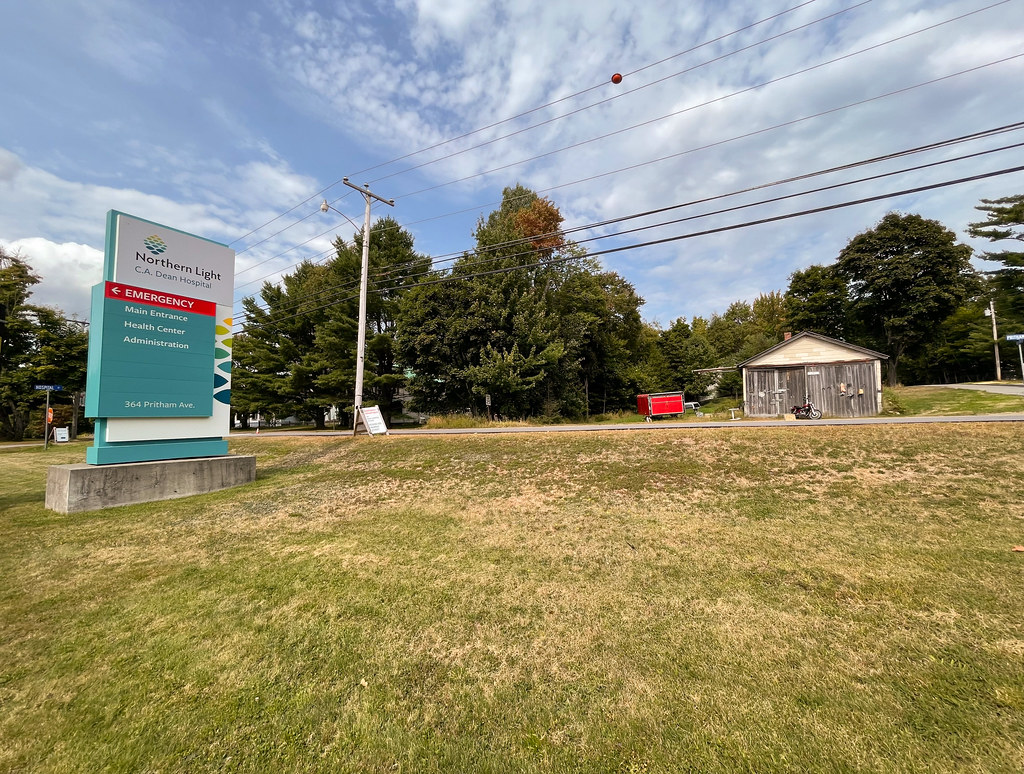
Living in a rural area shouldn’t mean limited access to healthcare, but that’s becoming the case as Medicaid cuts threaten rural hospitals. According to the National Rural Health Association, reductions in Medicaid funding could force many rural facilities to reduce or eliminate essential services or close their doors entirely. These hospitals often serve as the only healthcare providers in their regions, making their closure a critical issue.
The loss of a rural hospital doesn’t just affect emergency care; it impacts routine check-ups, chronic disease management, and preventive services. Seniors in these areas may have to travel long distances for care, which is not always feasible. The result is delayed treatments, worsening health outcomes, and increased healthcare costs in the long run.
4. Mental Health Services Are Disappearing
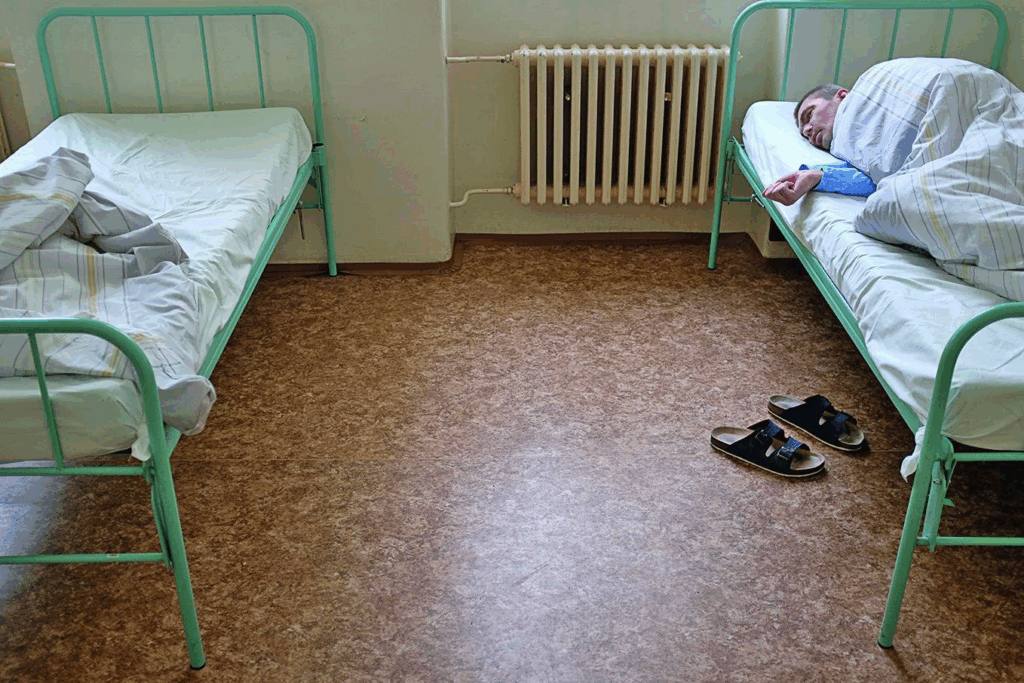
Mental health is just as important as physical health, especially for seniors who may face isolation, depression, or cognitive decline. However, Medicaid cuts are threatening access to these vital services. The North Carolina Mental Health Association warns that the combined effect would likely be a significant reduction in access to mental health services for older adults who depend on Medicaid. This reduction creates both immediate care disruptions and longer-term strain on the mental health infrastructure serving these populations.
Without proper mental health support, seniors are at increased risk of hospitalization, suicide, and diminished quality of life. Caregivers also face added stress, leading to burnout and decreased ability to provide support. It’s a vicious cycle where the lack of services exacerbates existing problems, leading to higher costs and worse outcomes.
5. Dental Care Is Being Pulled Out by the Roots

Oral health is a window into overall health, especially for seniors. Yet, Medicaid cuts are jeopardizing dental services. Justice in Aging reports that federal cuts to Medicaid will jeopardize oral health coverage for nine million adults enrolled in Medi-Cal, putting their overall health at risk. Poor oral health can lead to serious conditions like heart disease and diabetes, making dental care essential, not optional.
When dental services are cut, seniors may delay or forgo necessary care, leading to emergency room visits for preventable issues. This not only affects their health but also increases healthcare costs. Moreover, dental problems can impact nutrition, communication, and self-esteem, further diminishing quality of life.
6. Family Caregivers Are Burning Out

With professional services dwindling, the burden falls on family caregivers, who are often unprepared and unsupported. These caregivers juggle jobs, personal lives, and the complex needs of their elderly loved ones. The emotional and physical toll is immense, leading to burnout, health issues, and financial strain.
Without adequate Medicaid support, these caregivers lack access to respite care, training, and financial assistance. This not only affects their well-being but also the quality of care they can provide. As the caregiver network weakens, more seniors may end up in institutional care, further straining the system.
7. Preventive Care Is Taking a Backseat
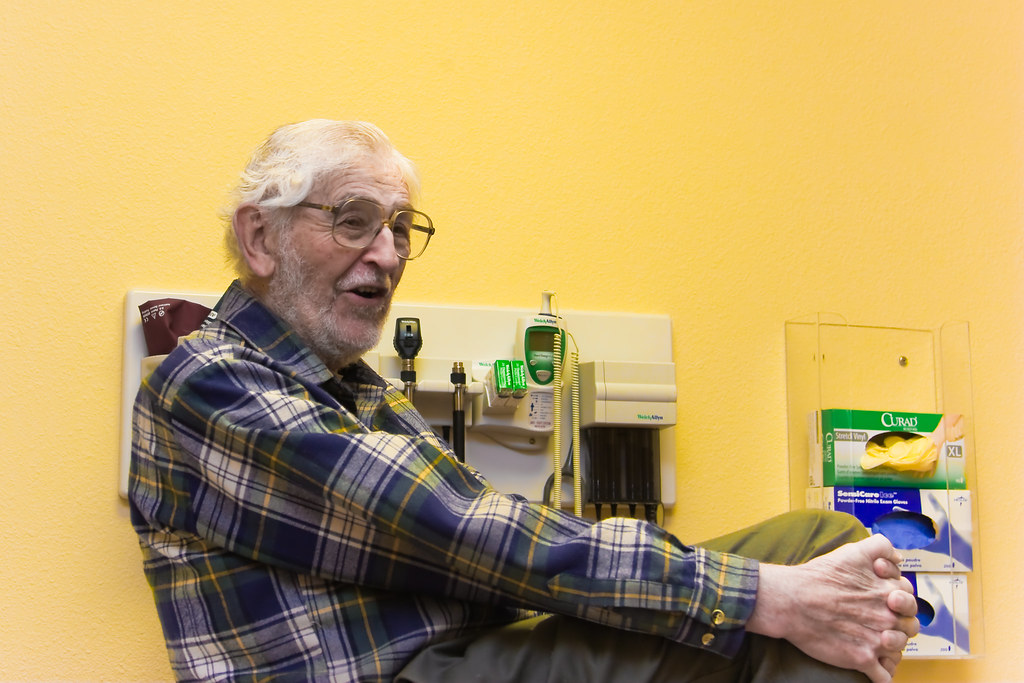
Preventive services like screenings, vaccinations, and routine check-ups are essential for catching health issues early. However, Medicaid cuts are causing these services to be scaled back or eliminated. This leads to late diagnoses, more complicated treatments, and higher healthcare costs.
Seniors, in particular, benefit from preventive care that helps manage chronic conditions and maintain independence. Without it, they face increased hospitalizations and diminished quality of life. Investing in prevention is not just good for individuals; it’s cost-effective for the healthcare system as a whole.
8. Transportation Services Are Vanishing
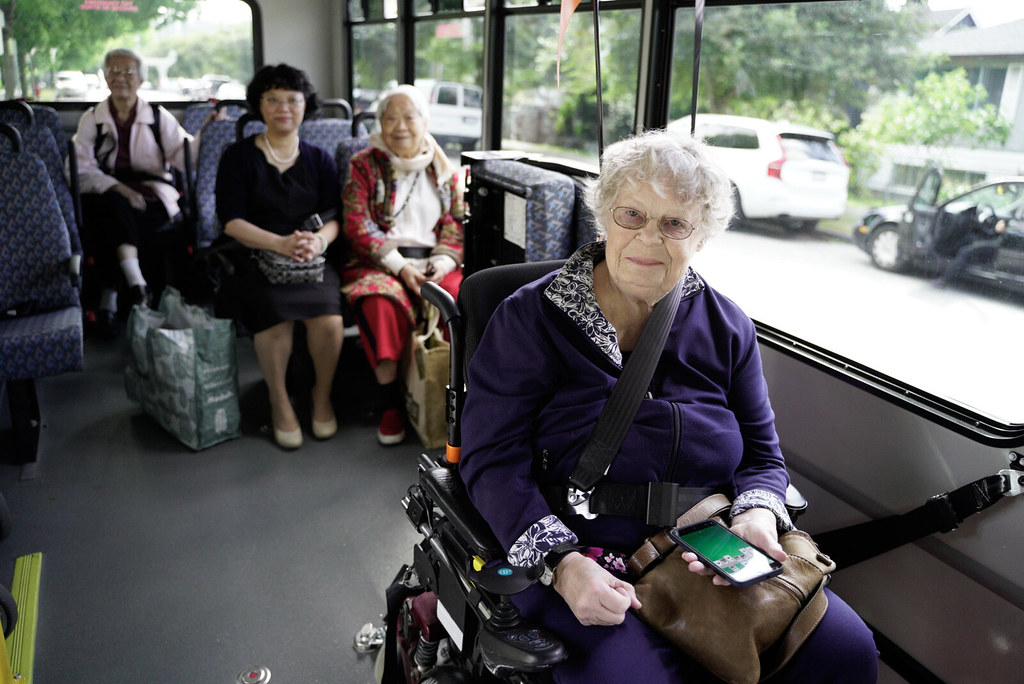
Getting to medical appointments is a significant challenge for many seniors, especially those who can’t drive. Medicaid often covers non-emergency medical transportation, but cuts are putting these services at risk. Without reliable transportation, seniors may miss appointments, leading to unmanaged health issues and increased hospitalizations.
This lack of access disproportionately affects low-income and rural seniors, exacerbating health disparities. Ensuring transportation is a small investment that prevents larger healthcare costs and supports seniors in maintaining their health.
9. Prescription Coverage Is Shrinking
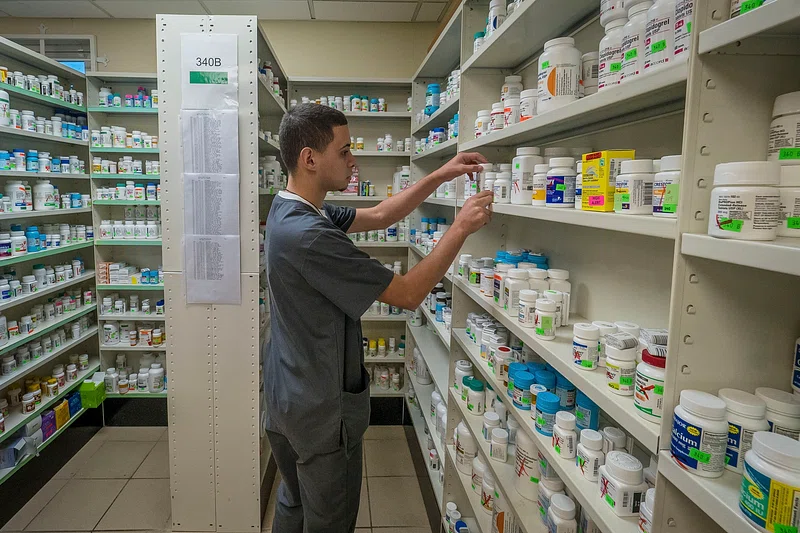
Medications are a lifeline for many seniors managing chronic conditions. Medicaid cuts threaten prescription drug coverage, forcing seniors to choose between medications and other necessities like food or housing. Skipping medications can lead to deteriorating health and costly emergency care.
Moreover, the stress of medication insecurity can exacerbate mental health issues. Ensuring consistent access to prescriptions is crucial for the health and stability of our elderly population.
This isn’t just about missing pills—it’s about seniors ending up in hospitals for preventable complications. Pharmacies in low-income neighborhoods are also impacted, sometimes pulling out entirely due to dwindling reimbursements. And let’s not forget caregivers, who often have to step in and pay out-of-pocket, creating financial strain across generations.
10. Assisted Living Facilities Are Struggling
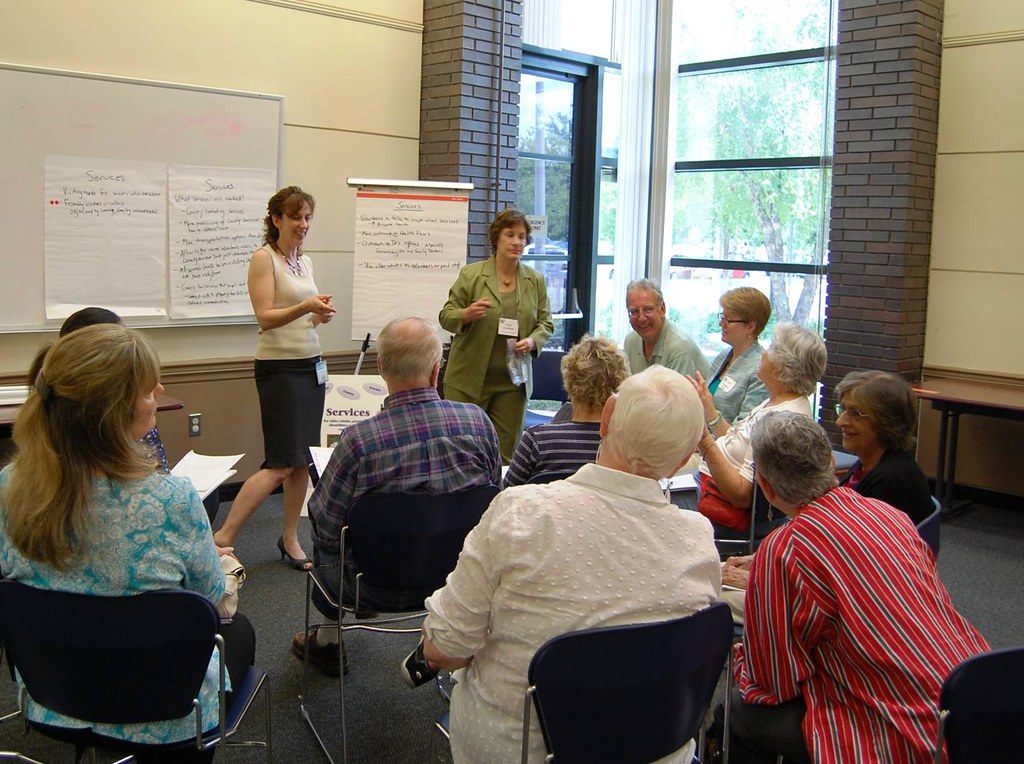
Assisted living offers a balance between independence and support, but these facilities often rely on Medicaid funding. Cuts threaten their ability to operate, leading to closures or reduced services. Seniors may be forced into more restrictive and expensive nursing homes or left without adequate care.
This shift not only affects the seniors but also their families and communities. Maintaining a range of care options is essential for meeting diverse needs and preferences. As options shrink, waitlists for quality care skyrocket, leaving many families in limbo. Staff turnover increases when budgets are slashed, compromising the quality and continuity of care. And in many cases, smaller facilities serving rural or underserved areas are the first to shut down.
11. Specialized Programs Are Being Eliminated

Programs targeting specific needs, such as dementia care or fall prevention, are often funded by Medicaid. Cuts lead to the elimination of these specialized services, leaving seniors without tailored support. This can result in increased accidents, hospitalizations, and rapid health decline.
Specialized programs play a critical role in maintaining seniors’ health and independence. Their loss represents a significant step backward in elder care. Without memory care programs, more elders with dementia may wander, fall, or become isolated. Physical therapy and mobility-focused initiatives often vanish next, making everyday tasks more dangerous. It’s not just services disappearing—it’s entire lifelines vanishing overnight.
12. Community Centers Are Closing
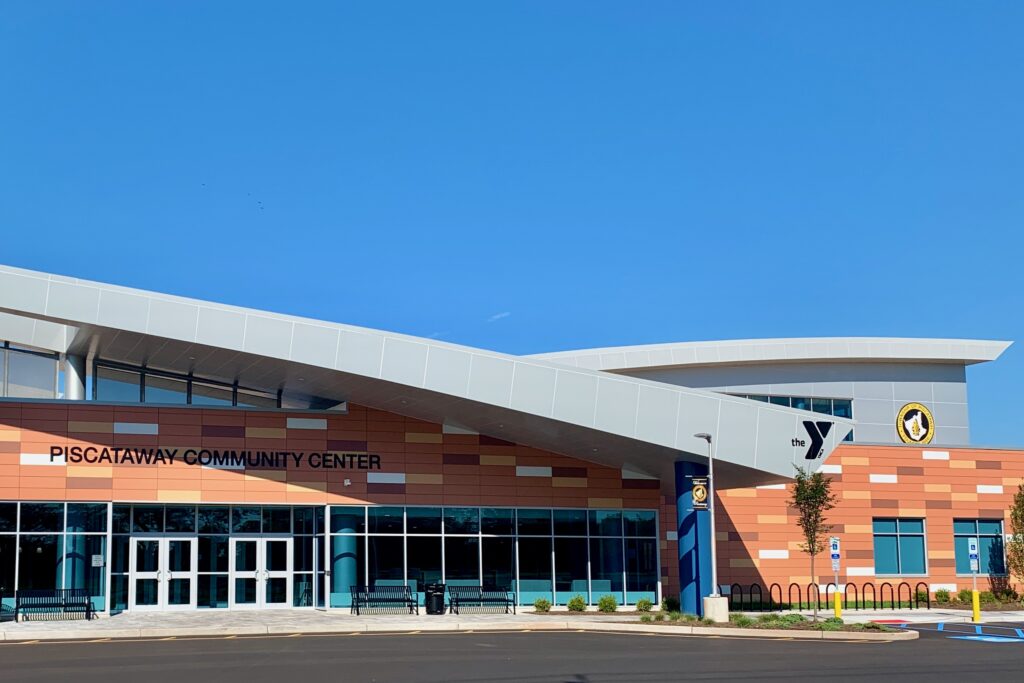
Senior centers provide social interaction, meals, and activities that combat isolation and promote well-being. Medicaid cuts can lead to the closure of these centers, stripping seniors of vital community connections. Isolation is linked to numerous health issues, including depression and cognitive decline.
Maintaining community centers is a cost-effective way to support seniors’ mental and physical health. Their closure represents a loss that extends beyond individual seniors to the fabric of our communities. When a center shuts down, it often leaves behind a gaping hole in the social safety net—especially in small towns. These centers are often hubs for meal programs, exercise classes, and even transportation. And once closed, they rarely come back, leaving future generations with even fewer resources.
13. The Safety Net Is Fraying
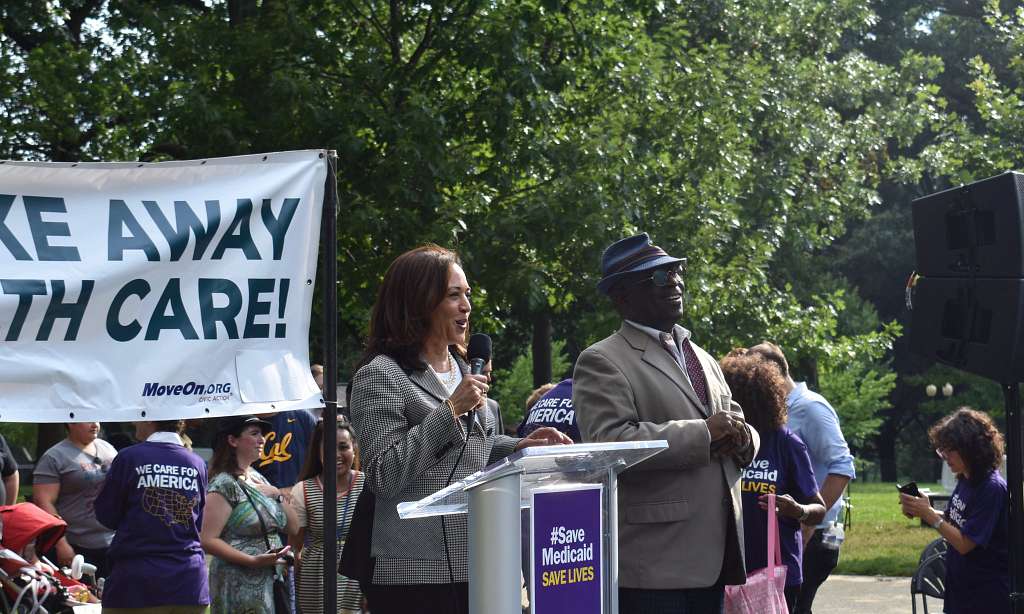
Medicaid serves as a safety net for our most vulnerable populations. Cuts to the program threaten to unravel this net, leaving seniors without the support they need. This not only affects their health and well-being but also places additional strain on families, caregivers, and the broader healthcare system.
When that safety net starts to break, it doesn’t just catch elders—it tangles everyone trying to help them. Think adult children dipping into savings to cover care, hospitals absorbing the costs of emergency visits, and overwhelmed social workers scrambling to patch together resources that no longer exist. It creates a ripple effect that reverberates through every corner of our communities. Without robust Medicaid funding, we’re not just failing the elderly—we’re setting everyone up for a harder, more precarious future.
This article is for informational purposes only and should not be construed as financial advice. Consult a financial professional before making investment or other financial decisions. The author and publisher make no warranties of any kind.





